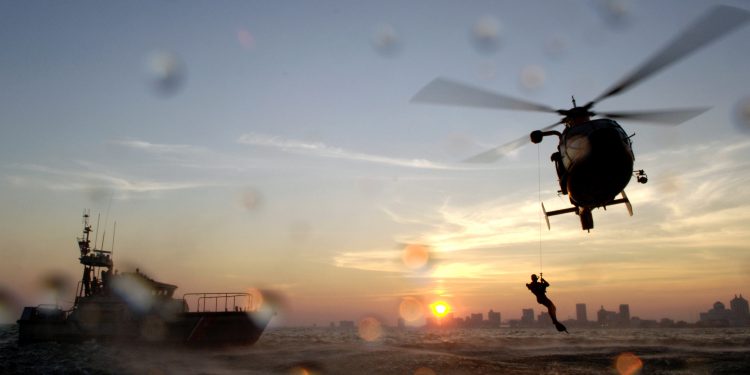
Video | “Bring the Network with You: Deployable Networks and Off-Network Communications” Panel Session at IWCE Virtual 2020
This panel is ideal for first responders operating in rural and disaster-prone communities. Discussing technologies ranging from low-earth orbit satellites to mesh networking, this panel will share examples of how to “bring the network with you” so that you can gain access to portable, quick, and turnkey solutions when coverage
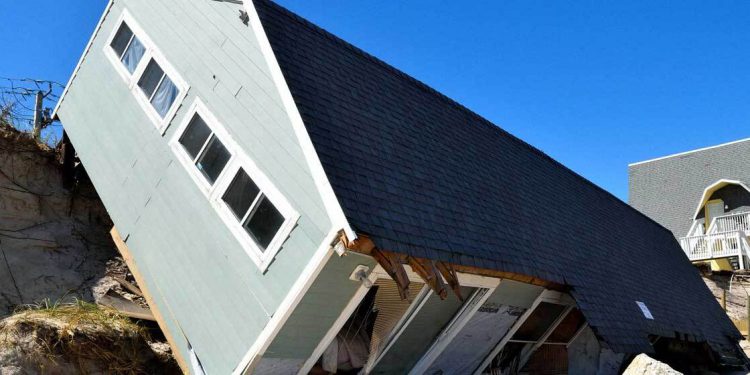
Video | IWCE Virtual 2020: Craig Fugate Keynote Address
The IWCE 2020 conference featured 48 breakout sessions on everything from broadband to deployable networks, and even featured keynote speakers such as former FEMA Administrator Craig Fugate. In his keynote address, Fugate addressed hundreds of virtual attendees on an area of critical communications emergency management agencies often overlook: interoperability with
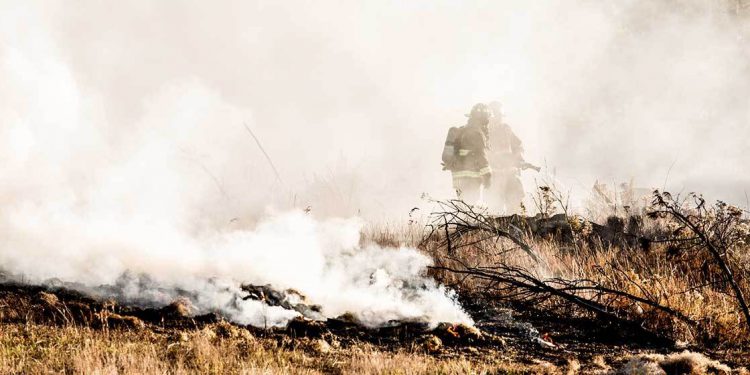
Maintaining situational awareness off the grid a hot topic at IWCE 2020
When disasters damage or destroy terrestrial communications networks, first responders need rapidly deployable equipment to maintain situational awareness and communications. This was one of the central discussions during the 2020 International Wireless Communications Expo (IWCE 2020), a virtual event that brought together critical communications technology providers, practitioners, and other industry
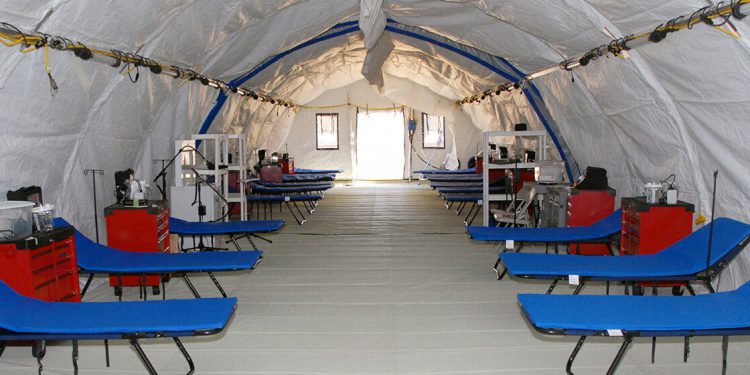
Podcast: Source One MRO discusses delivering essential communications and supplies to the frontlines during COVID-19
Whether it’s the current global COVID pandemic, wildfires, hurricanes, or other crises, national emergencies show us who the heroes are. The Last Mile Podcast recently sat down with two heroes, Source One MRO’s Brad Bihun and Keith Cowell, who are providing solutions to help first responders stay safe within the
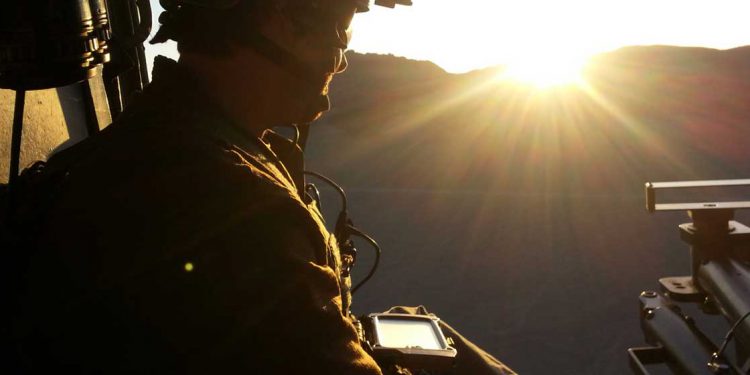
Tech Spotlight Series: Juggernaut.Case keeps the mission going with ruggedized mobile gear
Dismounted warfighters and first responders carry all of the communications and situational awareness tools they need to coordinate activities with their teammates and superiors, request for assistance when in trouble, and maintain knowledge of what’s happening in their area of operations and location. As communications technology becomes more and more
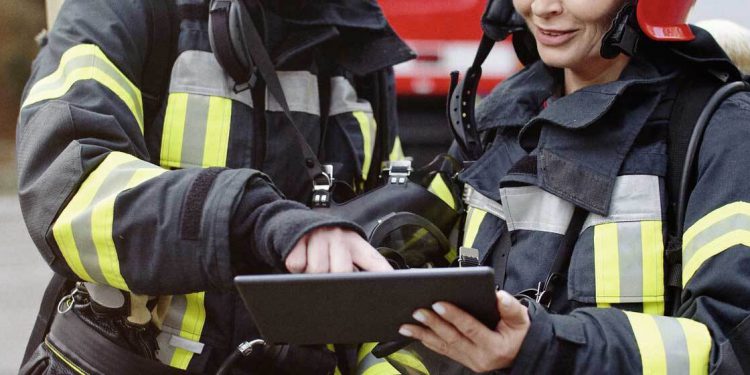
Top off-grid communications sessions to attend at IWCE Virtual 2020
The International Wireless Communications Expo, also known as IWCE, is an annual conference that brings together professionals from the communications field to discuss critical issues ranging from 911 funding and modernization to spectrum management, interoperability, and more. This year, IWCE is going virtual with 48 online breakout sessions from August
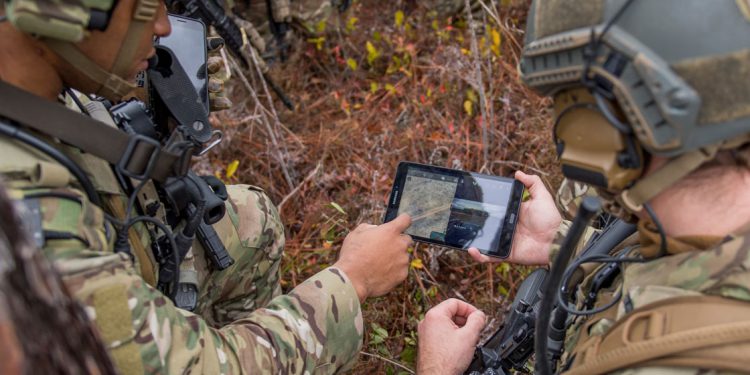
How the U.S. military helped develop mobile mesh networking
Mobile mesh networks provide device-to-device connectivity when centralized infrastructure is either unreliable or unavailable. Whether each network “node” is mobile or not, the defining features of mesh networks — decentralized, infrastructure-less, routing over multiple “hops” — have manifested themselves over the last several decades in different forms, for different applications,
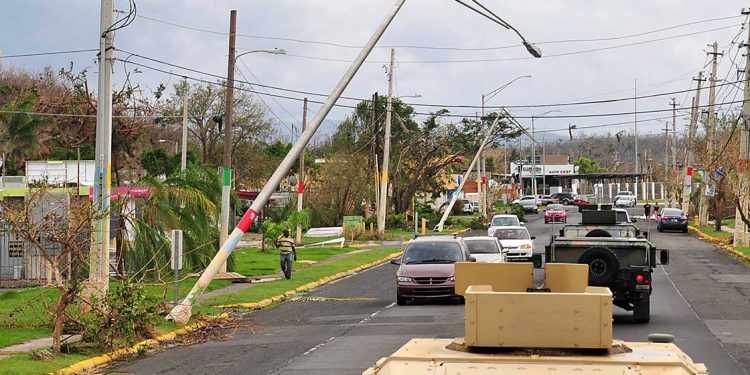
Podcast: LCG Holdings on connecting Puerto Rico
The Last Mile Podcast features in-depth interviews with operators on the front lines of remote and austere missions around the world. Rafael Bobe, owner of LCG Holdings in Puerto Rico, knows the value of reliable and resilient communications networks. He was on the ground during Hurricanes Irma and Maria in
Webinar | Technology for tracking disaster response teams
Tornadoes, hurricanes, earthquakes, and other natural disasters cause frequent damage to centralized cell, wifi, and RF communications networks. No matter the mission, response teams still need to find a way to communicate and maintain situational awareness in the immediate aftermath of a disaster. Watch leading UAS training organization Granite Defense
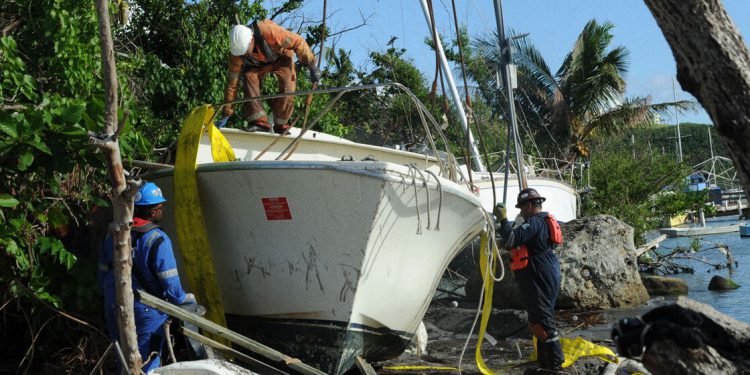
Puerto Rico and the unique challenges of emergency response in island communities
It’s almost impossible to deny the fact that “100-year storms” are happening almost every disaster season. And now in the midst of an unprecedented pandemic, emergency management agencies are all too accustomed to preparing for the worst. But emergency response isn’t the same everywhere. Emergency situations in some geographies and



